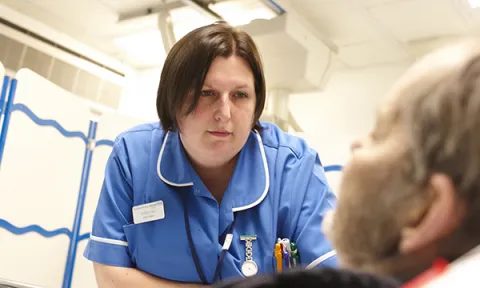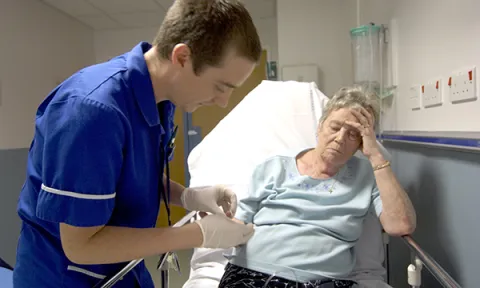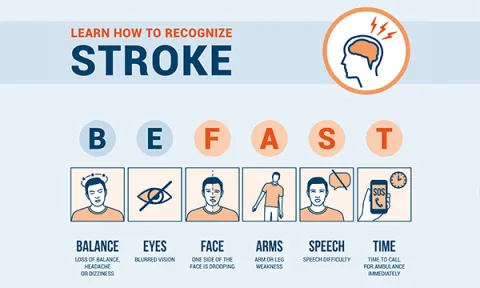First Encounter model shows effective ED transformation can emerge from targeted intervent
Evidence and Practice
Clinical

Mental health training for paramedics could improve patient outcomes and ease pressure on

Awareness of drug-induced unilateral mydriasis could promote safer handling of medicines

Review exploring how emergency nurses can provide high-quality care at end of life

Clinical, organisational and educational challenges in emergency care for older adults

This indicator of quality of care could help in the professional development of ACPs
CPD articles

Emergency nurses’ understanding of the patient safety incident response framework (PSIRF)<

Exploring ways in which handover delays can be addressed by emergency department nurses

Professional learning designed to suit your busy schedule

Refreshing ED nurses’ knowledge of the pathophysiology and signs and symptoms of sepsis

The aetiology and signs and symptoms of adults with type 1 and type 2 diabetes
How to

Tips for nurses on preparation, equipment, procedures to follow and where to find resource

The importance of taking a patient history effectively as part of the diagnostic process

Familiarise yourself with the steps required when triaging a patient in the ED

A step-by-step framework nurses can use when having challenging conversations

Mistakes made in healthcare settings and the challenges to staff that
Practice question

Ambulance patient handovers are time-critical, complex processes vital for patient outcome

Be vigilant to spot traumatic injuries, with a low threshold for escalation

Practical steps nurses can take to ensure everyone’s safety

Advice on recognising burnout in yourself and others, and where to find support

It can be difficult to recognise the symptoms, but the BEFAST acronym can help

Even short conversations about weight can help patients, but avoid suggesting blame


